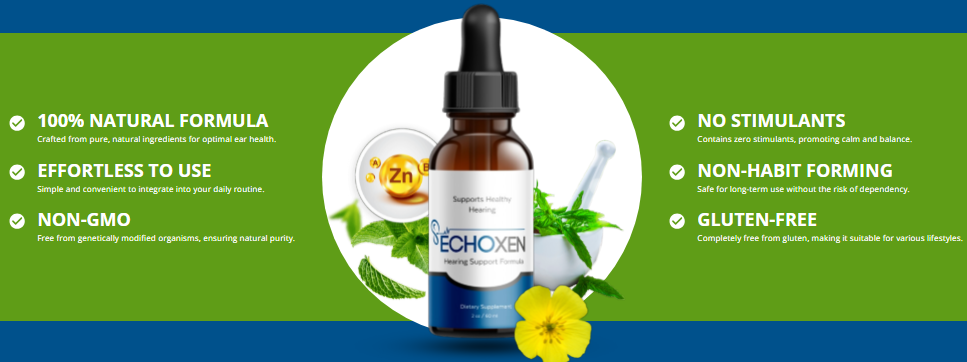Root Canal Treatment Uncovered: A Deep Dive Into Duration, Process, and Healing

Strong 8k brings an ultra-HD IPTV experience to your living room and your pocket.
Root canal therapy has long been clouded by myth, fear, and uncertainty. But what exactly does it involve, and how long does a root canal take? In this in-depth article, we explore the entire journey, from the first signs of trouble to final recovery. Learn why the procedure is often the best route to saving a natural tooth, how modern dentistry has transformed it into a routine and relatively painless process, and what really determines how much time you’ll spend in the dental chair.
What Is a Root Canal and Why Is It Necessary?
A root canal isn’t a treatment you wake up wishing for, but it could be the one that saves your smile. When decay or trauma reaches the pulp of your tooth, the living tissue at the core, it causes inflammation, infection, and, eventually, irreversible damage. If left untreated, this infection can spread to the surrounding bone, causing abscesses and risking tooth loss.
Root canal therapy offers an elegant solution: remove the diseased pulp, sanitize the space, and seal it, preserving your natural tooth structure and eliminating the source of pain.
Understanding the Inner Life of a Tooth
To appreciate what a root canal treatment does, imagine the anatomy of a tooth as layers: the outer enamel, the middle dentin, and at the very core, the pulp chamber. This chamber houses nerves and blood vessels that once nurtured the developing tooth but become dispensable once the tooth is mature.
In adults, these nerves serve no vital function but can become the epicenter of extreme discomfort when infected.
What Triggers the Need for a Root Canal?
A root canal isn’t recommended lightly. It typically comes into play when a filling or crown won’t be enough, when bacteria have breached too far into the tooth’s interior.
You might need one if you experience:
- Persistent pain that doesn’t resolve with regular care
- A tooth that darkens in color
- Swelling or tenderness in nearby gums
- Lingering sensitivity to hot or cold, even after removal of the stimulus
Your dentist may confirm the need for root canal therapy using X-rays to identify infection or abscess near the tooth root.
Setting Expectations: How Long Does a Root Canal Really Take?
This is the question that brings most patients to Google. The truth is: a root canal can take anywhere from 30 minutes to over two hours, depending on the tooth and complexity.
Simple root canals (often in incisors or canines) are straightforward, often completed in one visit of about 45–60 minutes.
Molars, however, are more complex with multiple canals, some curved or branching. These procedures often stretch to 90 minutes or more and may require two visits, one for cleaning, the second for sealing and restoration.
What Happens During the Procedure? A Step-by-Step Narrative
Imagine this - You’re in the chair. An anesthetic numbs the area thoroughly. There’s no pain, just the subtle pressure and sound of precision tools. Your dentist isolates the tooth with a dental dam and drills an opening through the top of the tooth to access the infected pulp.
Once inside, they remove the tissue using tiny, flexible files. The canals are irrigated with disinfectant and, in many cases, shaped to optimize sealing. In one visit, the canals may be filled and sealed with gutta-percha, a rubber-like material. Alternatively, your dentist may place a medicated temporary filling and schedule a second visit for completion.
The Role of Technology in Speed and Precision
Modern endodontics is a far cry from its past. Today’s root canals are faster and more comfortable thanks to:
- Digital radiography for clearer, faster imaging
- Rotary instruments that allow quicker and more thorough cleaning
- 3D imaging (CBCT scans) to reveal hidden canals
- Microscopes for intricate canal navigation
These innovations have trimmed time off procedures that once took multiple lengthy appointments.
What Affects the Duration? Anatomy, Infection, and Complexity
The number of canals isn’t the only thing that affects treatment time. Some teeth have curved or narrow canals that challenge even the most experienced dentist.
Infection plays a role, too. Severe infections may require the dentist to medicate the canals and postpone sealing for several days. Pre-existing restorations like crowns or large fillings can also add complexity.
Even your own tolerance and comfort level may influence timing, some dentists break longer procedures into manageable sessions.
Is One Visit Enough? When Multiple Appointments Are Needed
It’s possible to complete a root canal in a single sitting, especially if there’s no extensive infection and the anatomy is straightforward.
But for:
- Teeth with multiple canals (like molars)
- If the root canal fails
- Teeth with abscesses or swelling
…it’s common to spread the procedure over two or more visits. In such cases, the dentist may apply an antibacterial paste inside the canals and give your body time to reduce inflammation before final sealing.
What You’ll Feel During and After: The Patient Experience
The root canal’s scary reputation is largely outdated. With modern local anesthetics and techniques, the vast majority of patients report feeling little to no pain during the procedure, and many even compare it to getting a standard filling.
At trusted practices like Castlewood Dental in Parker, CO, patients often remark how surprisingly comfortable the experience was, especially when they had built up fear over the years. Dentists there, and at similar advanced clinics, take care to walk patients through each step and use calming, precise approaches.
After the procedure, mild soreness is common, usually more from holding the mouth open than from the treatment itself. The tooth may feel tender for a few days, but over-the-counter pain relievers typically do the trick. Most people are back to their normal routine by the next day, with only minor dietary adjustments recommended during healing.
Recovery Timeline and What You Can Expect
- Day 1–3: Mild soreness, sensitivity, especially when biting. Soft foods are recommended.
- Day 4–7: Discomfort fades. Avoid chewing on the treated tooth until the final crown is placed.
- Week 2 and beyond: If all goes well, your tooth will feel completely normal, and the crown will be placed if not already done. Properly treated teeth can last a lifetime with good oral hygiene.
Final Restoration: Crowns and Cosmetic Considerations
A root canal weakens the tooth structure since it removes internal support. That’s why most treated teeth, especially molars, require a crown. Crowns restore full function and prevent fractures, while also improving the tooth’s appearance, important for front teeth.
Without a crown, a treated tooth is at risk of cracking under pressure, especially over time.
Root Canal vs. Extraction: Why Time Spent Matters
Many patients weigh the time, cost, and discomfort of a root canal versus simply pulling the tooth. While extraction may seem faster, it opens the door to future treatments, such as implants or bridges, each with their timeframes and expenses.
In the long run, saving your natural tooth is often the most cost-effective and shortest route.
Embracing the Root Canal for Long-Term Health
Root canal therapy isn’t something to fear. It’s a vital, often quick solution to a serious dental problem. With the right dental team and modern tools, the experience can be smooth, efficient, and nearly painless. Whether your root canal takes 30 minutes or two hours, the reward is the same: relief from pain, restored function, and a preserved natural tooth.
-----
Frequently Asked Questions
Is it painful?
No, modern root canals are virtually painless thanks to adequate local anesthesia.
Can I drive myself home?
Yes—unless you’re sedated. With local anesthesia only, you’re fine to drive.
Is it better to do it sooner rather than later?
Absolutely. Delay can allow the infection to worsen, increase pain, and even lead to a systemic infection.
Note: IndiBlogHub features both user-submitted and editorial content. We do not verify third-party contributions. Read our Disclaimer and Privacy Policyfor details.







